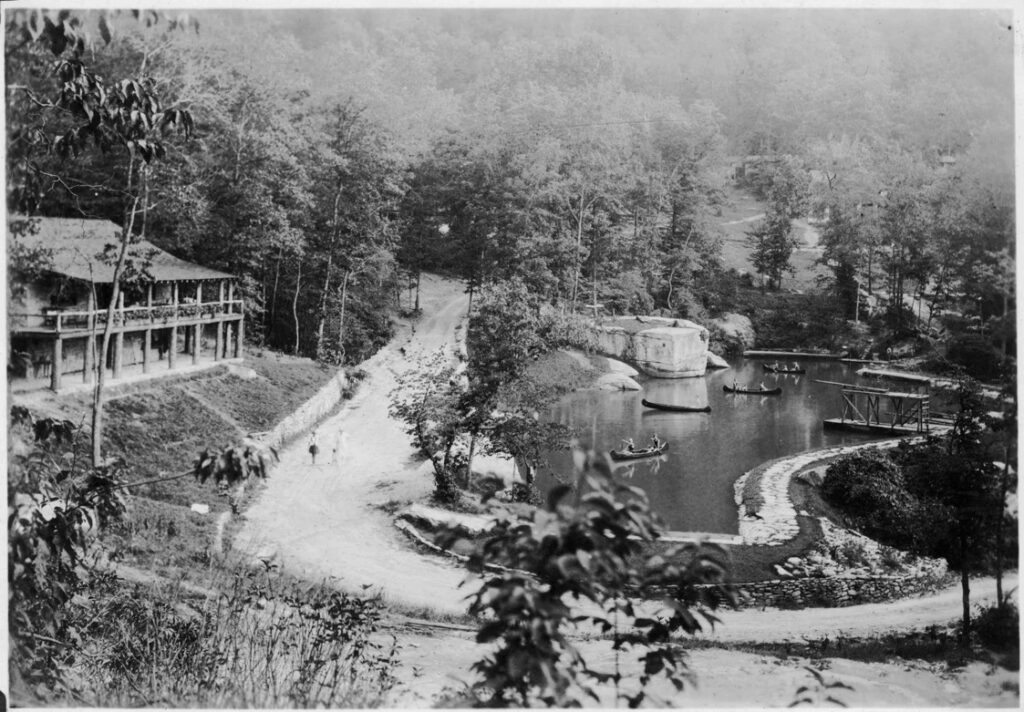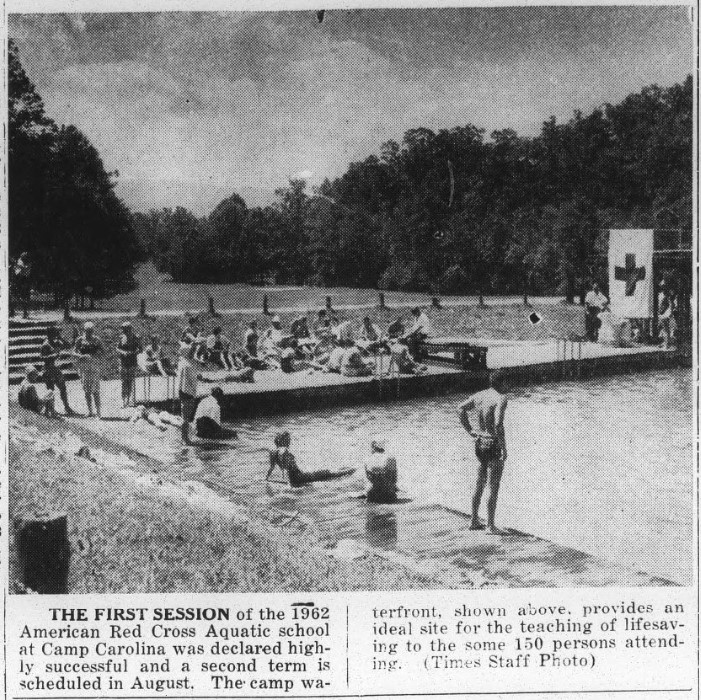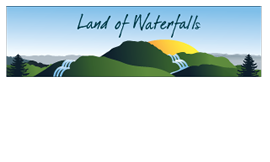Near the very end of the 19th century, a young man graduated high school in Rhode Island and got his first job as a reporter with the “Providence Evening and Sunday Telegram.” His name was Wilbert Longfellow, and he covered the news along the waterfront. He noticed rather quickly that he was writing an awful lot of stories about people drowning, and concluded that most people, even those who worked around and spent a lot of time in the water, were very poor swimmers. Longfellow then began studying life saving techniques and ways to teach people to become safer swimmers in his spare time. By 1910 he was appointed Commodore-in-Chief of the US Volunteer Life Saving Corps, in 1914 he convinced the Red Cross to add water safety as one of their missions, and in 1917 he led the effort to teach thousands of US servicemen and sailors headed into World War One how to swim.

Once the war was over, Longfellow and the Red Cross turned their attention back to the American public, and in 1922 two Red Cross National Aquatic Schools were started. These aquatic schools were ten-day sessions and the instructors did not teach non-swimmers to swim, but rather taught life guards, athletic directors, swim teachers, and others how to better save lives and teach swimming. By the time he retired in 1947, Longfellow was credited with reducing the rate of accidental drowning in the US by half.
What does this have to do with Transylvania County you might be asking? The Red Cross quickly realized that two aquatic schools weren’t going to cut it, there was simply too much demand. In 1923 they expanded the program, and by 1926 there were nine across the country. One of them was held at Rockbrook Camp in Brevard. There were 72 students, and they came from all over the South and Midwest. By 1930 there were ten locations, and it was held at Camp Illahee. The cost of the ten-day program including instruction, food, and lodging was $30. Beginning in 1932 it was held at Camp Carolina and it remained there, and by this time most summers they were holding two sessions per summer. In 1935 Camp Carolina hosted 211 students, the largest of any of the schools around the country. The students were everything from firemen and police officers to lifeguards, camp directors, municipal, state, and federal agency employees; in short, anyone who worked around pools, beaches, rivers, ponds, and lakes. The program remained at Camp Carolina until 1964, after which it moved to Camp Blue Star in Henderson County. Thousands of young men and women were introduced to Transylvania County over the years thanks to this annual program.

Photographs and information for this column are provided by the Rowell Bosse North Carolina Room, Transylvania County Library. This article was written by Local History Associate Hale Durant. For more information, comments, or suggestions, contact NC Room staff at [email protected] or 828-884-1820.



